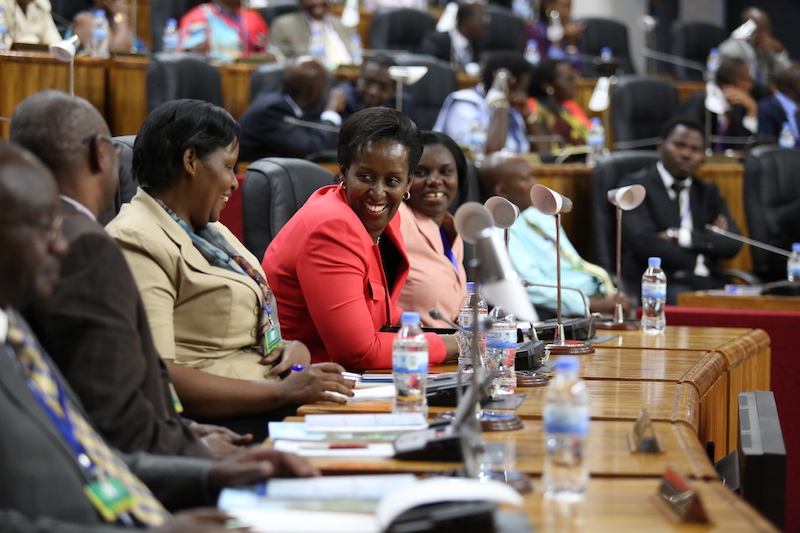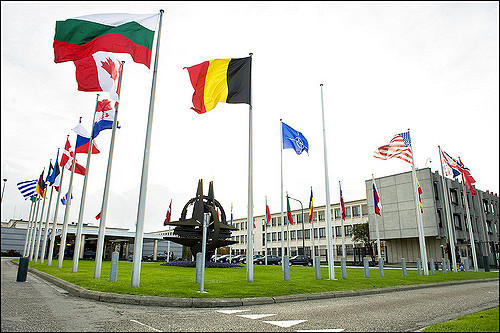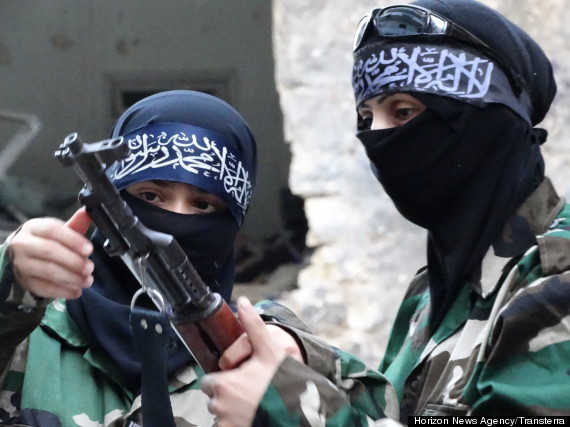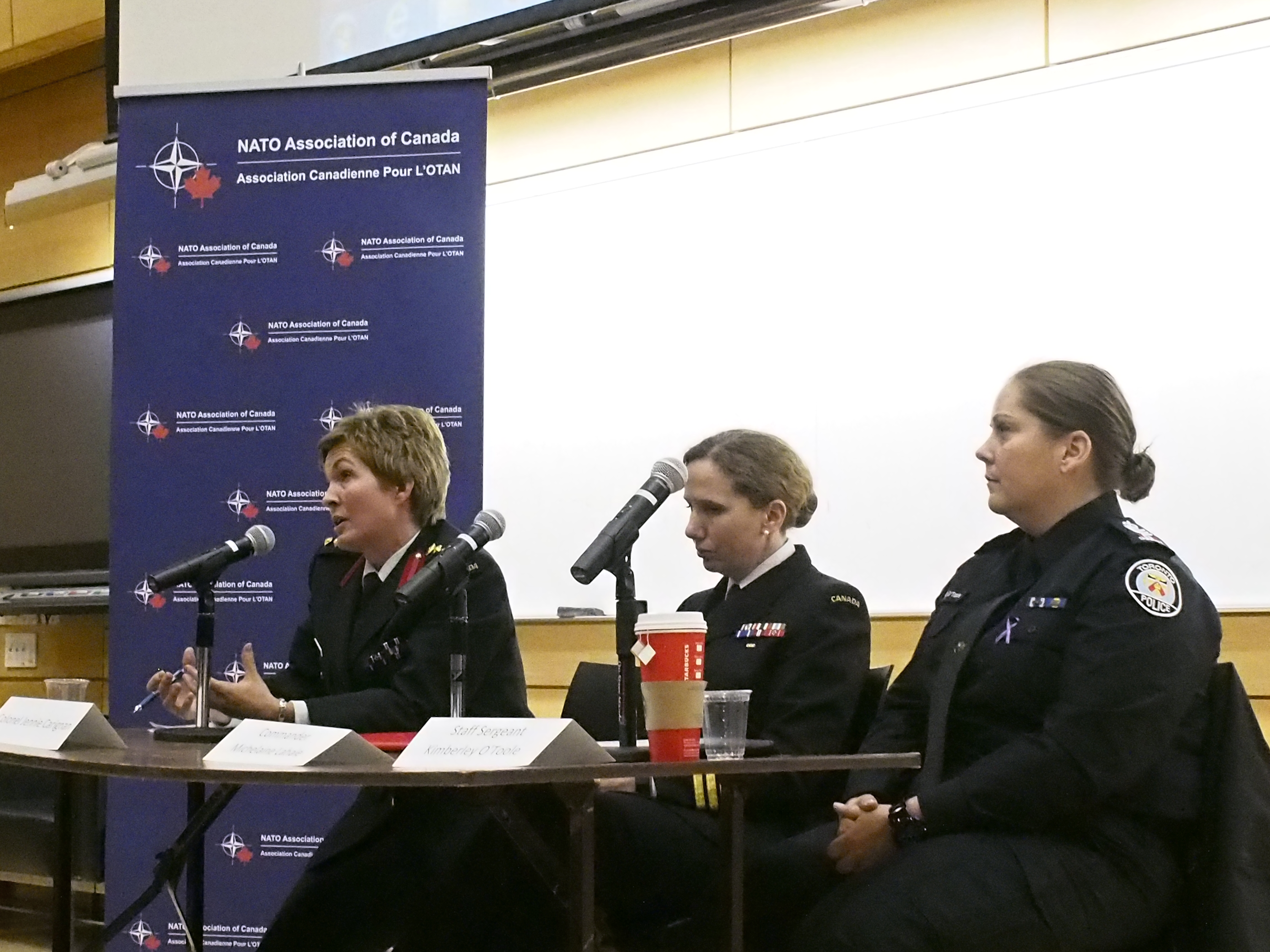In its institutional structure, Rwanda is one of the most gender-equal countries in the world. The country has the highest percentage of females in a national parliament in the world, and it is one of the only countries where women hold more than 50 percent of the seats in its national assembly (64 percent of the seats are currently held by women). Gender representation in parliament and gender-equality is enshrined in the constitution. Rwanda is shining example of how top-down approaches to implementing gender-equality can make a big difference in women’s inclusion in positions of power.
Socially, however, gender-inequality prevails in everyday life. According to a report published by USAID, socially women are often seen as inferior and subordinate to men. Women are still expected to carry out all the unpaid domestic work despite their new status outside of the home as deputies and workers in the private and public sector.
How did this discrepancy occur?
The war in 1994 changed many aspects of Rwandan life and politics. While traditionally Rwandan women’s role was generally seen as related to domestic and reproductive work, the war targeted mostly men, which changed the gender makeup of the country. It is believed that the population after the genocide consisted of 70% women, creating a shortage in the work force. Rwandan women were therefore able to step out of their domestic roles, to rebuild the country and provide for the families in their care.
Furthermore, the post war government looked to ban societal discrimination, including gender-based discrimination. Rwandan President Paul Kagame has been a vocal supporter for women’s equality. In 2003, Kagame’s government passed the country’s new constitution that assured a quota of 30 percent of parliamentary seats would be held by women, and that women would be appointed to leadership roles. In the 2003 election women were appointed to 48 percent of the seats, and by the 2008 elections, this figure moved up to the current 64 percent.
By comparison, the United States, a nation where the women’s movement has been fighting for gender equality and representation for over a hundred years, and has seen 4 waves of feminism, women still only hold 19% of the seats in Congress.
Rwanda proves that bottom-up social movements are important for establishing gender equality in society. Domestically, Rwandan women often are not treated with as much equality as their representation in parliament might suggest. Many working Rwandan women have found themselves with twice the amount of work men have, often they are still expected to fulfill unpaid household labour.
Women’s lower social status has also permeated to other elements of society where they face inequality. For instance, women have lower literacy rates than men, and there are limits to women’s access and control of resources and business management. Gender-based violence also remains an issue, many Rwandan women experience domestic violence (56 percent). This continues to happen even though Rwanda has ratified several international conventions to prevent violence against women. Additionally, Rwandan law criminalizes rape and spousal rape, but they are not defined legally, leaving the definition up to judicial interpretation working often against the women who brought the charges forward.
Rwandan scholar Justine Uvuza, whose research focuses on the discrepancy between women’s institutional and social equality posits that “..changes in gender roles and gender relations more generally, will require a cultural shift as large as that which brought women into the workplace.”
Bottom-up approaches to gender-equality may be the next big challenge for Rwanda. Though the change for women’s equality at the government level came rapidly, if the United States teaches us anything it is that, socially, women’s equality takes much longer to establish. As Rwandan women continue to prove themselves as capable leaders and members of the workforce, social equality will eventually match institutional equality.
Photo: Umushyikirano 2013, Rwanda Parliament, (2013), by Rwanda Government via Flickr, licensed under CC. 2.0
Disclaimer: Any views or opinions expressed in articles are solely those of the authors and do not necessarily represent the views of the NATO Association of Canada.




